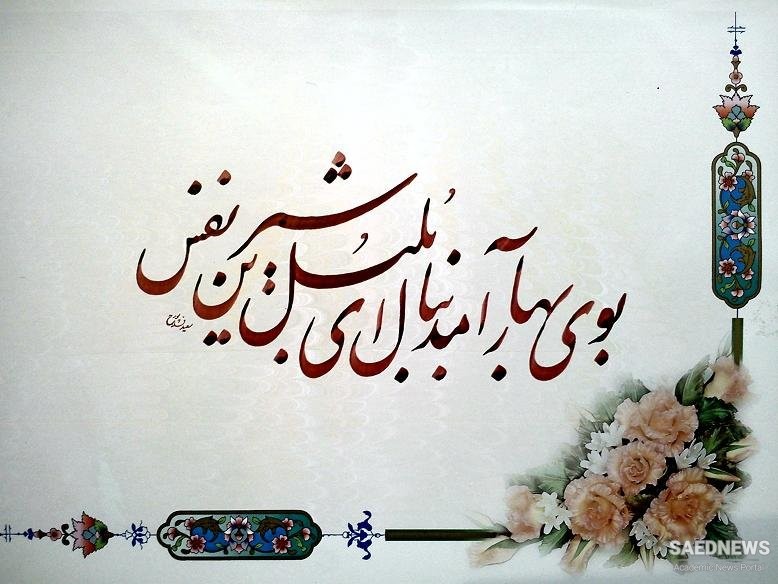This situation has not only very much reduced the number of texts handed down to us—a fact which cannot possibly be attributed merely to the loss of written material in the course of time—but also points to a quite different social role of the participants in the field of literature. The nostalgia for the splendor of the Sasanid period has been particularly strong in Islamic Persia. However, the immediate cultural horizon of the first Persian writers and poets was the Arabic literature of the early Abbasid period and this also determined most of the extra-literary conventions adopted by the Persian tradition.
As poetry was considered to be very much the essence of literature, accounts about the origin of the literary tradition focus on the question of who wrote the first Persian poem. According to legend, this was the Sasanid Bahrâm V (r. 421–39), nicknamed Gur (“onager” supposedly on account of his fondness for hunting this animal), who lived on in the minds of poets and writers as one of the model kings of pre-Islamic Persia. It is characteristic that the invention of Arabic poetry is also ascribed to this Persian ruler, who was educated among the Arabs of Hira, a vassal state of Persia.
Historically more reliable are the accounts that attribute the introduction of Persian poetry to the regional rulers of Khorasan and Central Asia in the 9 th century. One of these reports is to be found in the anonymous chronicle Târikh-e Sistân. At the court of the Saffarid Ya’qub b. Leyth (r. 867–79), the initiative to write panegyric poetry in Persian would have been taken by Mohammad-e Vasif, one of the ruler’s secretaries: He made the first Persian poetry addressed to Persians [i.e. patrons of Persian descent].
Before him, no one had done such a thing because, as long as they were pârsis [i.e., before they became Muslims, both in a cultural and a religious sense], lyrics used to be sung to them to the sound of the lute (rud) in the khosrovâni manner. When the Persians were defeated and the Arabs came, poetry among them was in Arabic and they all had knowledge and understanding of it.
The question as to which of the various reports on the actual beginnings of Persian poetry is trustworthy need not concern us here. The general background of the event is clear enough. The emergence of semi-independent rulers of local origin in the eastern provinces of the Abbasid caliphate had created the critical atmosphere required for this. With the increase of non-Arab converts to Islam (mavâli) among the higher layers of Muslim society, the nostalgia for the glorious past of Iran grew as well. This even happened in Iraq, at the very centre of Arabic power, where the intellectual movement known as the sho’ubiyye was already thriving among the class of “secretaries” (kâtebs), who nevertheless remained faithful to their Arabic erudition.11 In the east, where the centripetal force of Arabic was so much weaker, the urge to create a literary idiom on the basis of the surviving vernacular language, the Fârsi-ye dari or “Persian of the court,” was strong enough to break through the barrier.


 Outlines of the Development of Persian Literature in Early Modern Persia
Outlines of the Development of Persian Literature in Early Modern Persia














































